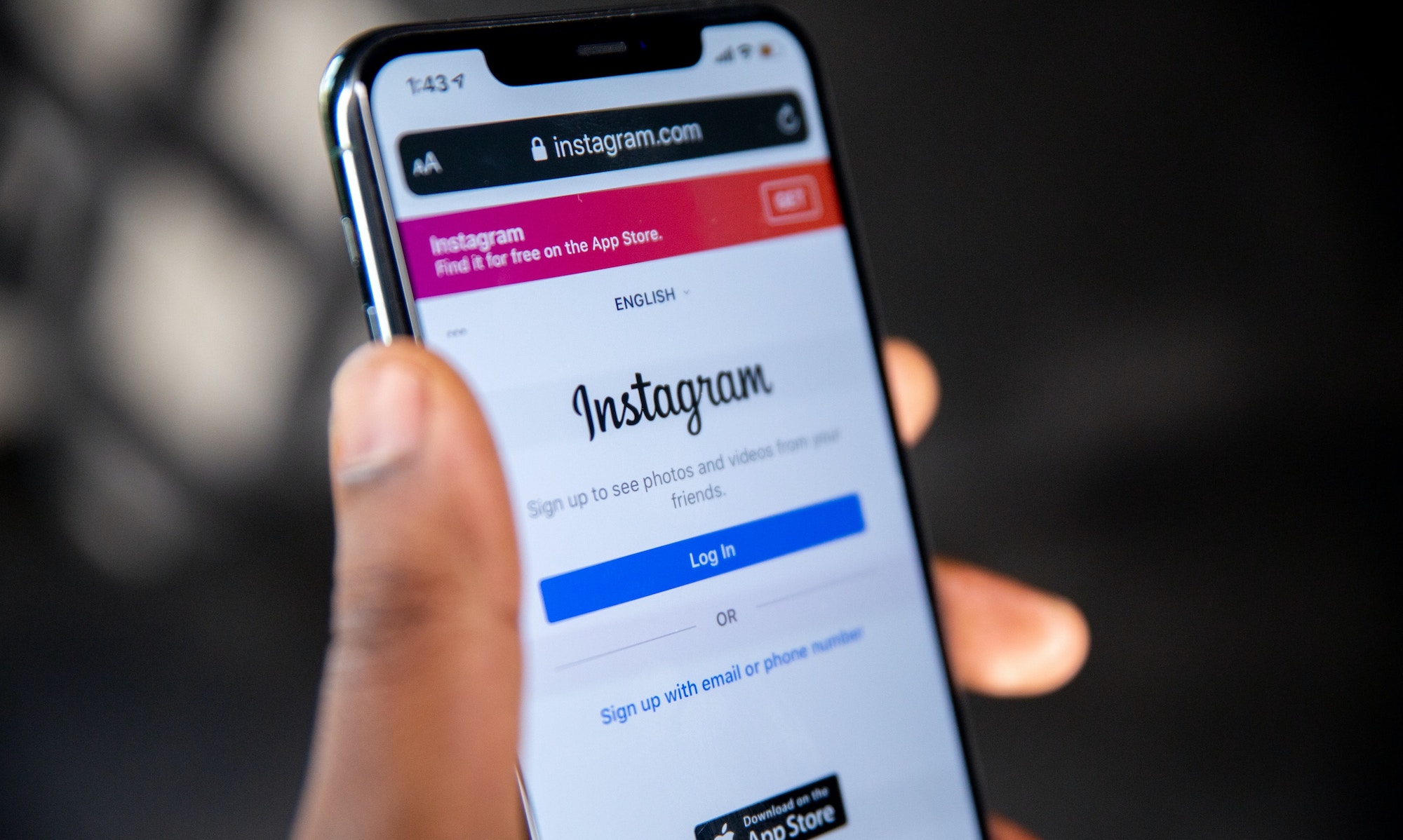Rally and the business of investing in nostalgia
.jpeg)
Listen to this article:
If you had told me 5 years ago...
I could soon own a fraction of Michael Jordan’s game-worn sneakers from his rookie season, or a first-edition signed copy of The Great Gatsby, or the rarest Pokémon cards ever made, I would’ve said… nope.
And I would have been wrong. Very wrong.
Yet, that’s the reality of 2021. We’re in uncharted territory online. Over the last few months, between the Robinhood x GAMESTOP debacle, and the sudden rise of NFTs (non-fungible tokens) like NBA Topshot, a cultural shift is unfolding in real-time.
The historical narrative to date has always favored the Few & Powerful over the masses. Every day, people never had the tools to achieve financial freedom from their circumstances.
With the democratization of investing tools and platforms like Robinhood, Coinbase, and Public, those days are over. Suppose the last decade was about building the infrastructure for these transactions. In that case, this decade will be defined by enablement, and enablement offers all sorts of fascinating business models, allowing consumers to invest where their passions lie.
Building a tool is one thing. Building a tool supported by a loyal community is another thing. As we watch history unfold this decade and beyond, the investment platforms that will win out are (rightly) focused on storytelling and community-building around their products.
That’s where Rally enters the picture.
The business of investing in nostalgia
While platforms like Robinhood and Coinbase capture the most praise and market share with democratized investing in publicly traded companies and cryptocurrency, Rally has carved an unlikely niche for discretionary investments: collectibles.
Or, as they say, “assets that appreciate.”
Here’s how it works, in a nutshell:
- They source, verify and acquire collectibles from around the world.
- They turn the collectible into a company, per government regulations.
- They open an offering on their platform, allowing any investor to purchase shares in it.
- After 90 days, investors can sell or add to their position.
Rally IPOs collectibles and assets. And if someone buys the collectible outright, everyone who owns a piece of that collectible gets paid.
Cha-ching.
And it’s working.
To date, Rally has over 200,000 users, close to $30M+ in assets under management (a number that’s doubled since the start of the pandemic), and a trading volume that’s more than doubled during the last twelve months.
A brief history
Rally is more than a platform; they breathe life into assets that have been lost over time.
I had the chance to chat with its co-founder and Head of Product, Rob Petrozzo, about his journey, Rally’s origins, and why they’ve had so much success early on as they build the company.
It begins and ends with nostalgia.
Rob has always loved collecting physical goods. The same can be said for Chris and Max, his long-time friends, who are now his co-founders.

The first product Rob idolized as a kid was a skateboard from Neighborhood, a cult-like brand known on the streets of Brooklyn. He’s held onto that board like artwork over the years, foreshadowing how consumers treat skateboards from Supreme nowadays. They hang like artwork on the walls of their homes.
After adolescence, college, and working their first-day jobs, Rally’s birth emerged one day when Chris and Rob reconnected. Chris recalled a story years back where he was caught between purchasing a home versus a vintage Porsche. The responsible thing to do was to buy the house at the time. So that’s what Chris did. Then came the financial crisis.
Years later, the house slowly recovered above its original value, while Porsche soared to 20x in value from what it once was.
Chris was left kicking himself for making the responsible decision.
So the two thought: why not take our passion for investing in nostalgia and create a platform that makes it easy for anyone to own fractions of collectibles, moments, and alternative assets?
And that’s when Rally was born.
Spotify’s Model, but make it investing
The beauty of Rally is that they’re both the platform for assets and a curator of assets.
Spotify is well-known known for curating playlists for you, made by real people.
“We’re like Spotify, but for investing,” says Rob, “We offer collectibles, curated by real people.”
There’s a power in that. You don’t only trust Rally as a legally certified platform for buying & selling; you also learn to trust Rally as a tastemaker, a platform that understands the cultural ebbs and flows. They have an intuition (and lots of data) to know what is (and will be) a valuable asset for consumers.
And they’ve got the data to back it up. Their team of analysts understands the market for every kind of category of product. They have a formula that spits out a price, revealing what the product is worth relative to the market. This helps Rally know what range to stay within when they’re buying a product, so they win each bid for the product they want at an auction.
Relationships > Money
Trust is everything in this business. Rally’s ability to build the right relationships with the right people at the right time is a superpower.
They focus less on the money and more on cultivating trust with the people selling those assets. It’s a secret sauce, and it’s something that compounds:
“We know what’s going to work for our user base, and the process to list your item, sell it, and get liquidity is quick and painless.”
When working with traditional auction houses as a new seller, often you’re forced to enter into a long-term deal where you can't sell anywhere else for a year, there’s a 25% premium that someone has to pay regardless, there are upcharges on marketing materials you have to pay for, and they get to market your asset the way they want, they're not going to tell you exactly what it's worth, and so on.
Rob does things differently.
“For us, we can guarantee you that it's going to sell at a price that we know it's worth… We're trying to establish a relationship.”
So, when a seller is trying to get rid of a collectible, it’s a no-brainer for them to work with Rally compared to traditional auction houses.
That relationship makes all the difference.
A space to see & touch
Storytelling is central to the Rally experience. They connect your emotions to the nostalgia associated with an asset.
It’s no secret that investing in traditional IPOs like Uber or Airbnb evokes no emotional connection. You simply invest because it’s fiscally responsible.
But Rally is different. Storytelling is part of their customer acquisition strategy. And that means having a physical space to paint that picture.

Their store in Soho is the marquee example:
“... We initially found this spot in Soho that had a garage door and looked like an art gallery, so we grabbed it and put the two most expensive cars we had at the time, a Ferrari Testarossa and a 1955 Porsche, and put them both in the space.”
“Putting our store and office near spots like Supreme, Sant Ambroeus, and Stock X on Lafayette Street was super important because you get customers who care about fashion, luxury goods, and this aspirational lifestyle.”
And it worked.
Having a space like that is how they’ve managed to hook the kid wearing a pair of $1500 sneakers by Virgil Abloh. That kid walks into Rally’s storefront and glances at a first-ever game-worn pair of Jordan One’s sitting in a case nearby. The kid knows about MJ, but Jordan is just a brand to him.
That’s where Rally explains the sneaker’s cultural significance and what it means as an investment. Instantly, the kid sold on the sneaker because he’s sold on the story, making him more likely to use discretionary money and put it towards an object once he sees its value as an investment.












.jpg)
.jpg)






.jpg)
.png)



.png)
.jpeg)

























































.jpg)


























